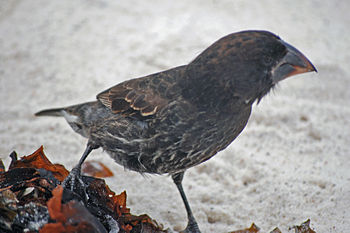 |
| Zebra Finches - Photo: Pixabay |
There are even individuals who go bird watching elsewhere just to have a glimpse of their majestic beauty. This is why it is not surprising that people catch wild finches and keep them as pets. Putting them in aviaries is perhaps one of the best things you can do for these creatures.
Wild finches are not easy to spot because they roam almost everywhere. As long as they feel safe, it is not impossible for you to find some of them. When you see them, feel lucky because not everyone has that chance to see such wild finches up close. Usually, they would only see them in pictures or in videos circulating the internet.
Listed below are some of the wild finches that you may see flying around you.
- Purple Finches - These birds have a purple-red plumage and are less common than your House Finches.
- Male House Finches - Are birds that have orange-red colors on their heads, upper chest, and shoulders.
- Cassin's Finches - Have the same features as the purple finches and usually live in high places like the coniferous Western North America forests.
- Rosy Finches - These wild finches are usually dark in color, having some patches of rosy feathers in their bellies and rumps.
- Lesser Goldfinches - Such wild finches live in the Southwestern United States and even the West Coast.
- American Goldfinches - Lettuce birds or wild canaries is what people used to call them. They can be quite picky eaters since they want their thistles dry and fresh. If you have a backyard garden, expect to see them because they feed on seeds of dandelions, hollyhock, and zinnia.
Wild finches so adorable, that you may want to own a few. There are plenty of ways on how to take care of them: like building their own aviary, preparing their meals, and the likes. You have to exert extra effort in making sure that everything these birds need you have within arm's reach. Read books and search the internet for other things that you may require to know about these finches.
It does not matter whether you admire wild finches or those in captivity. As long as you want to have them, go for it. Surely, you would be able to admire them at a closer range now that you have them in captivity. More so, you too may have plans of becoming a breeder once you see that your finches are doing okay. The money that you get from selling them can be used for their food.
At least you would not have to pull out money from your wallet, and you can use the money you get from breeding them. Asking your friends if they want to own a pair of finches can be the start of a successful breeding line for you. Still, find time to admire the wild finches because they are equally attractive as those in captivity.
| Grace Hutchings is a World Class Finch Fanatic who loves finches. To learn more about pet finches please go to http://www.petfinchadvice.com. Article Source: EzineArticles |








